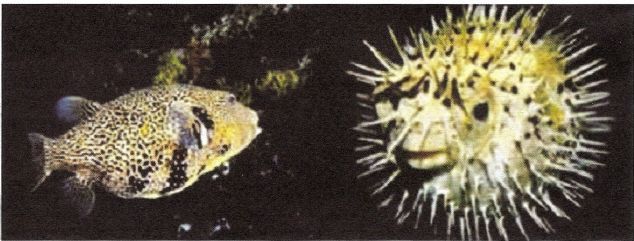
|
 |
Kitaplar » AQUACULTURE » Puffer Fish Breeding (FUGU) (Rubripes rubripes) PUFFER FISH BREEDING (FUGU) (Rubripes rubripes) The puffer fish is one of the interesting creatures of the water world. When the fish encounters any danger, it takes water into its body and swells like a ball. In addition, they cannot be swallowed by other fish thanks to the spiny protrusions on their body. Besides this different lifestyle, fugu fish meat has been considered one of the most delicious fish meat in Japan for centuries. In addition, there is a dangerous aspect of fish as human food. This is because at certain times of the year, this fish meat is poisonous to humans. For this reason, those who are not knowledgeable about the fish during the consumption phase of this fish are likely to be poisoned. Due to this drawback, only restaurants with licenses are allowed in many countries for Fugu marketing. In ancient times, many people died of poisoning because they consumed these fish seasonally and unconsciously. The period when the fish are poisonous is generally the breeding season. During this period, the substance called "Tetradotoxin", which accumulates in the ovaries, liver, skin and internal organs of fish, has a toxic effect. The accumulation of this substance in the muscle is very limited. For this reason, it will not have a toxic effect if it is carefully cleaned and cooked properly by a person who knows. By avoiding consumption of these fish during the breeding season, these poisoning events were reduced to a minimum. Puffer fish is an expensive fish in Japan. In the 1960s, breeding studies were discussed and results that could be considered successful for those years were achieved. Juvenile breeding studies have also been carried out successfully. Later, as the amount of fish caught from nature was at a level to meet market demands, interest in breeding decreased. It is currently grown in small quantities in Japan, China and Taiwan. This production is mostly cooked at homes, in private restaurants instead of consumption, and presented to customers. In the following years, if the hunting from nature decreases, it may increase its breeding because it is a demanded fish species. |




